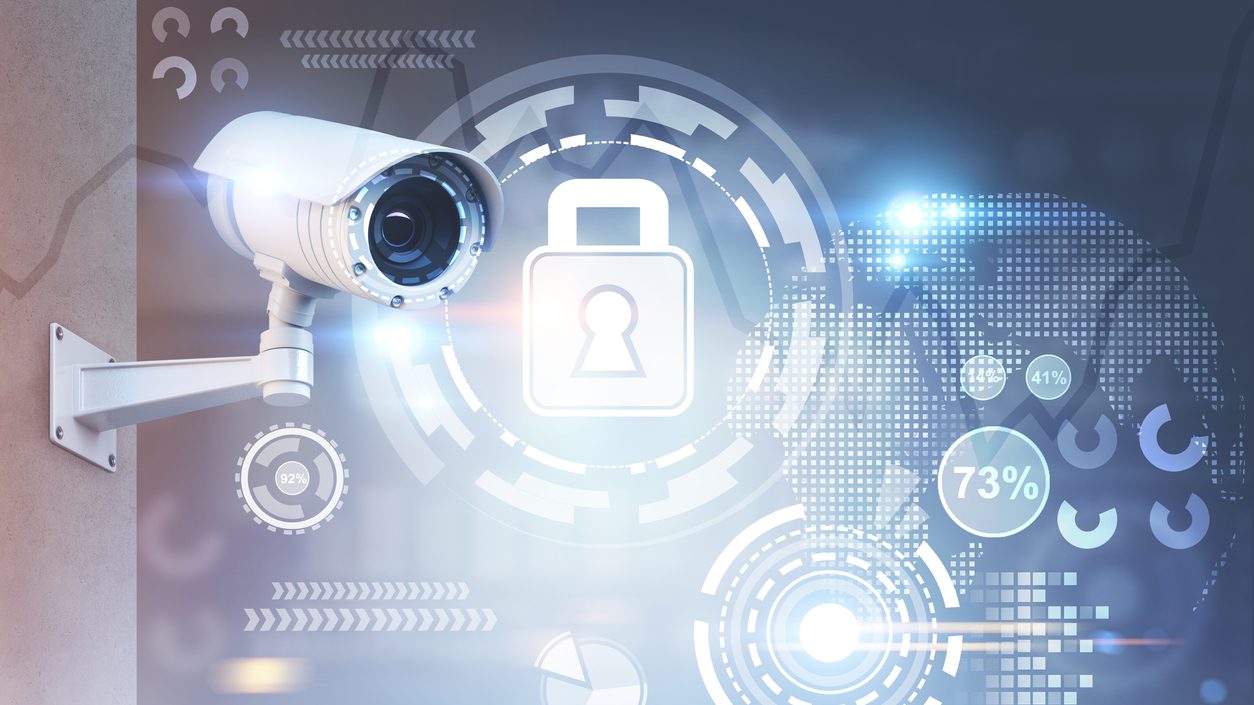In the realm of event management, ensuring the safety and security of attendees is paramount. With the advent of advanced technology, event organizers now have access to powerful tools to enhance security measures. One such tool is event security video analysis, which provides valuable insights into potential threats and incidents. In this comprehensive guide, we’ll delve into mastering event security video analysis to safeguard events effectively.
Understanding the Fundamentals
Before delving into the intricacies of event security video analysis, it’s essential to grasp the fundamental concepts.
1. What is Event Security Video Analysis?
Event security video analysis involves leveraging advanced algorithms to analyze surveillance footage from event venues in real-time. Its primary objective is to detect anomalies, monitor crowd behavior, and identify potential security threats.
2. Key Components of Event Security Video Analysis
- Surveillance Cameras: Strategically placed cameras capture footage from various vantage points within the event venue.
- Video Analysis Software: Sophisticated software processes and analyzes the captured footage, utilizing algorithms for detection and identification.
- Alert Systems: Automated alert systems notify security personnel of suspicious activities or potential security breaches in real-time.
Mastering the Process
1. Pre-Event Preparation
a. Define Security Objectives: Identify specific security objectives and potential threats tailored to the event’s nature and size.
b. Select Suitable Technology: Choose video analysis software and surveillance cameras that meet the event’s requirements, considering factors such as scalability and real-time capabilities.
c. Strategic Camera Placement: Plan the placement of surveillance cameras to ensure comprehensive coverage of key areas, including entry points, crowd zones, and high-traffic areas.
2. Implementation
a. Configure Video Analysis Parameters: Fine-tune the settings of the video analysis software to optimize detection accuracy while minimizing false positives.
b. Test and Calibration: Conduct thorough testing and calibration of the surveillance system to ensure seamless integration and functionality.
3. Real-Time Monitoring
a. Continuous Surveillance: Monitor the live feed of surveillance footage throughout the event duration to identify any suspicious activities or security breaches.
b. Proactive Response: Act swiftly upon receiving alerts from the video analysis system, coordinating with security personnel to address potential security threats in real-time.
4. Post-Event Analysis
a. Review Footage: Analyze recorded footage post-event to identify any security incidents or patterns of concern.
b. Performance Evaluation: Assess the effectiveness of the video analysis system in detecting and responding to security threats, identifying areas for improvement.
Best Practices and Considerations
- Data Privacy and Compliance: Ensure compliance with data privacy regulations and guidelines when collecting and analyzing surveillance footage.
- Regular Training and Drills: Provide ongoing training to security personnel on utilizing video analysis tools effectively and conduct regular drills to reinforce security protocols.
- Continuous Improvement: Stay updated on emerging technologies and best practices in event security to continuously enhance security measures.
Conclusion
Mastering event security video analysis is integral to ensuring the safety and security of events and their attendees. By understanding the fundamentals, implementing the process effectively, and adhering to best practices, event organizers can leverage video analysis technology to detect and mitigate potential security threats efficiently. As technology evolves and security challenges evolve, continuous learning and adaptation are key to staying ahead in event security management.
